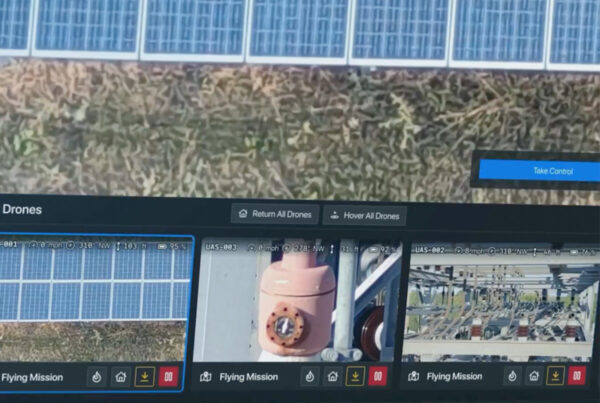
Utilities around the world are waking up to the reality that they must prioritize their investments based on asset health and not age.
Gaining an accurate assessment of an asset’s health can be a complicated task, however; drawing on varied data from disparate sources and incorporating it into complex analytical models. Vendors are trying to simplify this process through the offering of next-generation “Asset Performance Management” (APM) systems.
These comprehensive platforms aim to provide holistic decision support to the asset manager, leveraging advanced analytics to optimize asset performance, strategy and risk management across fleets in real-time, truly facilitating the move from preventative and corrective maintenance to condition-based predictive maintenance. This is obviously a tantalizing offer to utilities, but it comes at a cost that has so far seen the majority hesitant to take the plunge.
Alternatives to APM
There is an alternative, after all. The open-source approach, whereby asset health is determined using ad-hoc in-house applications written in freely available programming languages such as Python or R, has its benefits. By relying on in-house capabilities, utilities are compelled to develop IT, software development and data science skills, which has positive implications far beyond asset performance management. Similarly, open-source applications can be tailored very closely to the needs of an organization and its assets in a way that even the most customizable of vendor offerings can’t.
However, the open-source approach comes with its own suite of challenges. It’s difficult to obtain a holistic view of the organization’s’ asset portfolio using this approach. Different applications can overlap in scope, offering up conflicting solutions to the same problem, which can result in confusion and serve to reinforce pre-existing silos within the business. It is for this reason that vendors are confident that utilities will begin to invest in these APM platforms in the short to mid-term.
Breaking the deadlock
So how can suppliers break the deadlock and get utilities investing in their APM solutions? Based on our research, utilities still feel very much in the dark about the true savings they will realize from implementing these systems.
Many of the tangible benefits are obvious—better management of asset health will benefit the business in a variety of ways—but without an accurate idea of the added benefits of rolling out a comprehensive, enterprise-wide system it’s difficult for utilities to invest the significant capital and labor required to do so. Many of the companies we spoke to feel that the case studies and examples are shown to them thus far tend to focus on one asset class, or a single factory and don’t demonstrate the capabilities of these systems in managing multiple fleets of diverse assets in a smart grid utility context.
From speaking with a cross-section of European smart grid utilities, it would seem that the vendor’s position mostly holds true—many, if not all utilities are currently in the process of assessing vendors’ offerings in this space. The market represents an interesting microcosm of the IT/OT convergence, with traditional hardware suppliers such as GE, ABB and Siemens promoting their offerings on the basis of their expertise with the assets, while IT specialists such as IBM and Oracle refer to their years of experience and success implementing enterprise IT solutions across the globe.
Navigant’s research into this topic suggests that there isn’t a hard and fast rule for which type of supplier will provide the best offering. Their 2016 report, which includes an assessment of the top 10 utility APM solutions in terms of strategy and execution, indicates that this market is highly competitive between both traditional IT and OT suppliers.
The bottom line
utilities are actively searching for ways to level-up their asset health management and vendors feel confident that their APM systems are the solution. It is clear then, that an enormous opportunity presents itself in this space. By implementing these systems, utilities can intelligently reduce outages, maximize utilization of assets and minimize maintenance costs across their portfolio, while vendors can share in a market that is set to grow by more than a billion dollars in just the next few years. But which vendors gain the most from the burgeoning market is yet to be seen, and their focus over the next 12 months is convincing utilities that their solution is not only viable but the best-in-class.
Louis Morgan is the Event Director at the Grid Asset Management 2019 conference, exhibition, and networking forum, where 120+ smart grid asset managers will come together to discuss how comprehensive, affordable condition monitoring can be achieved. Case studies from TransnetBW, Svenska Kraftnät, REN, UK Power Networks, Vattenfall and Fluvius among others will be complemented by technology innovation insights from ABB and IBM, providing a holistic view of next-generation condition monitoring specifically for the smart grid sector.














